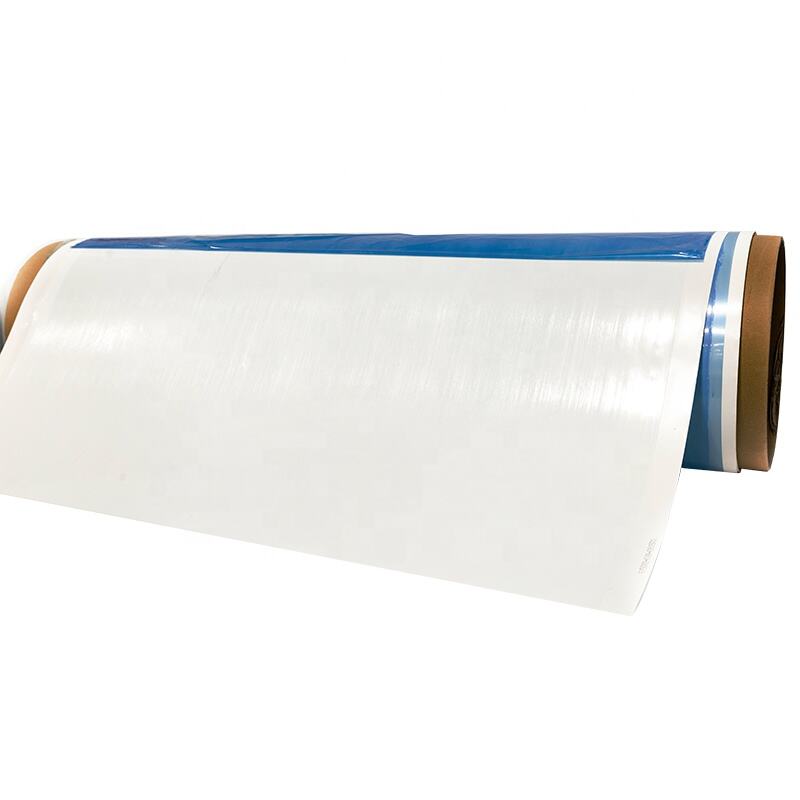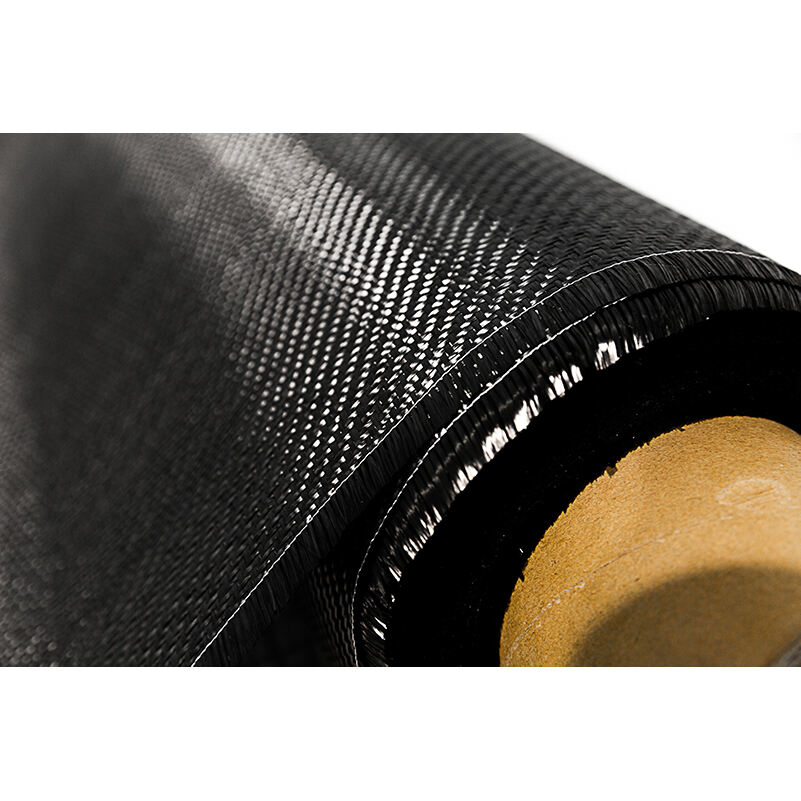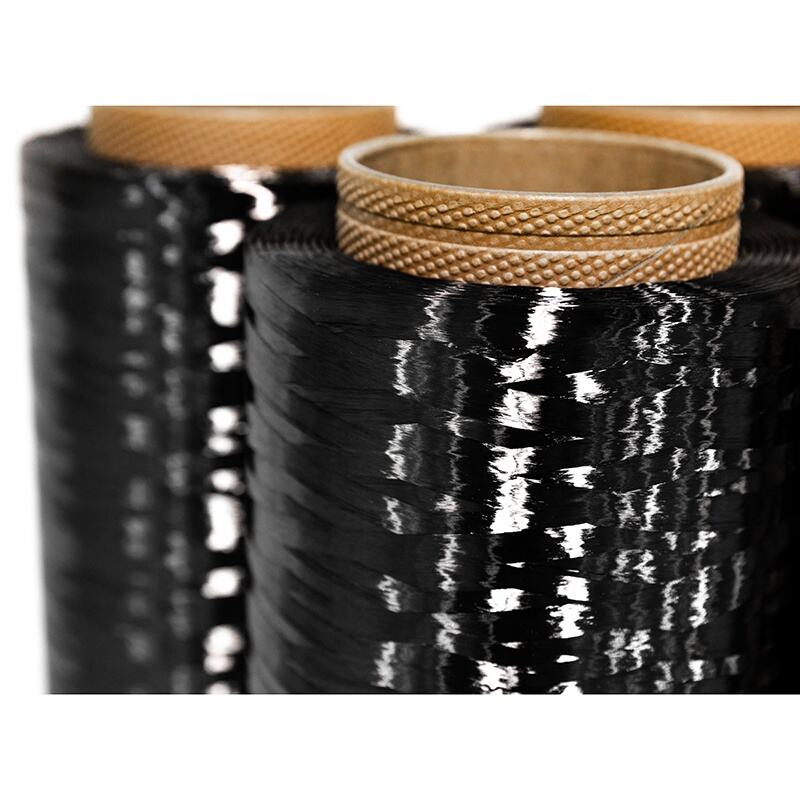carbon fiber fabrics
Carbon fiber fabrics represent a revolutionary advancement in material science, combining exceptional strength with remarkably low weight. These sophisticated materials are crafted from thousands of carbon fiber filaments, each thinner than a human hair, woven together to create a robust and versatile textile. The fabric's structure allows for superior strength-to-weight ratios, making it up to five times stronger than steel while maintaining a fraction of the weight. The manufacturing process involves carefully aligning these microscopic fibers in specific patterns, creating a material that can be customized for various applications. Carbon fiber fabrics excel in their ability to resist tension, compression, and bending forces while maintaining dimensional stability across a wide range of temperatures. They demonstrate exceptional fatigue resistance and offer superior thermal conductivity, making them ideal for both structural and thermal management applications. In modern industry, these fabrics have become indispensable in aerospace, automotive manufacturing, sporting goods, and high-performance equipment where weight reduction and strength are crucial factors. The material's versatility extends to its finishing options, allowing for various surface treatments and resin systems to enhance specific properties such as UV resistance, fire retardancy, or electrical conductivity.


